
Andrei Smilga
Digestible Quantum Field Theory
Andrei Smilga
SUBATECH, University of Nantes, Nantes, France
ISBN 978-3-319-59920-5 e-ISBN 978-3-319-59922-9
https://tofrontierthinker.blogspot.com/
Library of Congress Control Number: 2017941477
Springer International Publishing AG 2017
This work is subject to copyright. All rights are reserved by the Publisher, whether the whole or part of the material is concerned, specifically the rights of translation, reprinting, reuse of illustrations, recitation, broadcasting, reproduction on microfilms or in any other physical way, and transmission or information storage and retrieval, electronic adaptation, computer software, or by similar or dissimilar methodology now known or hereafter developed.
The use of general descriptive names, registered names, trademarks, service marks, etc. in this publication does not imply, even in the absence of a specific statement, that such names are exempt from the relevant protective laws and regulations and therefore free for general use.
The publisher, the authors and the editors are safe to assume that the advice and information in this book are believed to be true and accurate at the date of publication. Neither the publisher nor the authors or the editors give a warranty, express or implied, with respect to the material contained herein or for any errors or omissions that may have been made. The publisher remains neutral with regard to jurisdictional claims in published maps and institutional affiliations.
Printed on acid-free paper
This Springer imprint is published by Springer Nature
The registered company is Springer International Publishing AG
The registered company address is: Gewerbestrasse 11, 6330 Cham, Switzerland
To the memory of Elizaveta Glinka
Menu
Part I Aperitif
Part II Hors dOeuvres
Part III Chefs Secrets
Part IV Entres
Part V Trou Normand
Part VI Dessert
Part VII Coffee
Subject Index
Name Index
Part I Aperitif
Springer International Publishing AG 2017
Andrei Smilga Digestible Quantum Field Theory https://doi.org/10.1007/978-3-319-59922-9_1
1. Introduction
Andrei Smilga
(1)
SUBATECH, University of Nantes, Nantes, France
Half a century ago, when the author of this book was somewhat younger than he is now, he was interested in science, especially in physics. One thing that I wanted to understand at that time was what this famous theory of relativity was about. Not yet prepared to learn it from the corresponding Landau and Lifshitz volume, I had to look for the answer in popular books.
The first book that I happened to read on this subject was Relativity for the Million by Martin Gardner (in Russian translation, of course). This book was written in a way adapted for a general public and did not contain a single formula. The author tried to explain the main relativistic effects (time dilation and twin paradox, length contraction, mass-energy equivalence and so on) using only words. Well, I must say that it did not work in my case. I did not understand much.
My second try was, however, much more successful. It was Readable Relativity by Clement Durell. That book did involve some simple algebraic formulas. They failed to confuse me because I had just read the high-school manual for maths and already had some idea about what x, y and even  might mean. The book also involved transparent and pedagogical explanations how the time dilation and length contraction mentioned above can be derived from Einsteins two postulates of special relativity. I understood it.
might mean. The book also involved transparent and pedagogical explanations how the time dilation and length contraction mentioned above can be derived from Einsteins two postulates of special relativity. I understood it.
Later I read many other good popular articles and popular books. There were books by Yakov Perelman: Physics can be Fun , Mathematics can be Fun, Astronomy can be Fun and so on). I remember the article by Murray Gell- Mann about the Eightfold Way (the quark model and the Mendeleev- like classification of elementary particles). Still later, I enjoyed reading The First Three Minutes by Steven Weinberg about the origin of the Universe what happened during the first three minutes of its existence. At that time I was already at graduate school. But I maintain that this book is understandable for a bright high-school student, in spite of (I would say, due to) the presence of a number of simple algebraic relations.
Like it or not, physics is an exact science. And exact means that it is expressed in the language of mathematics. Without maths one just cannot understand it. For sure, there are different levels of maths. Going back to special relativity, it can well be expressed in the language of square roots. To understand it completely (better than Einstein understood it back in 1905 when writing his famous original papers), one should also be familiar with vectorial and tensorial analysis and with the basics of group theory.
The reader has probably already guessed that this book devoted to quantum field theory will not be deprived of mathematics. Moreover, the necessary level of maths to grasp this subject is essentially higher than for special relativity. Thus, this book is hopefully going to be readable, but not by a 12-year-old boy. Even a bright one. But it is written to be accessible to any person who studied physics at University at the undergraduate level.
This was actually my main motivation to write the book. I know many engineers, mathematicians, chemists, colleagues working in other branches of physics, who want to learn what quantum chromodynamics or the Standard Model are, who are capable of learning it at some level, not spending the large amount of time required to acquire a professional understanding, but have not been able to do so till now. The first two parts of this book (the first two courses in the dinner I am suggesting you enjoy) are for them.
The prerequisites in maths are not only elementary algebra, but also elementary analysis and linear algebra (ordinary and partial derivatives, integrals, differential equations, matrices). The prerequisites in physics are a university course of general physics including quantum mechanics. The best such course is due to Feynman. However, an acquaintance with the Feynman Lectures in Physics is a sufficient, but not necessary condition to read the first two parts of this book.
They have a popular character. In a certain sense, the beginning of the book is more popular than the Durell book on special relativity mentioned above. Whereas after reading Durells book one would obtain a rather clear and comprehensive understanding of the subject, we cannot promise the same to a person who limits his acquaintance with our book to its first two parts.
Unfortunately, quantum field theory is a more complicated subject than special relativity, and the prerequisites listed above are not sufficient to fully understand what quantum field theory is. At this preliminary stage we will only




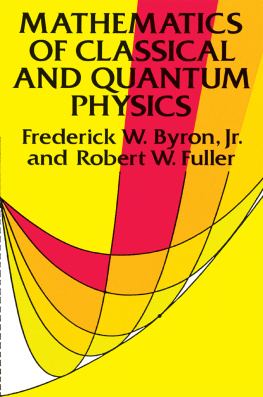
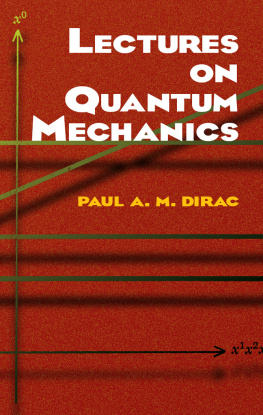
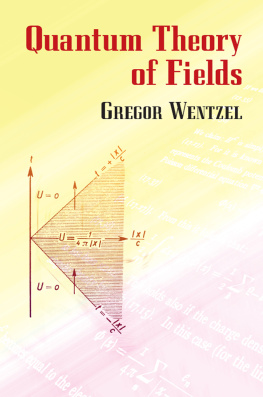
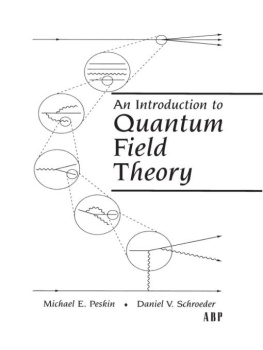
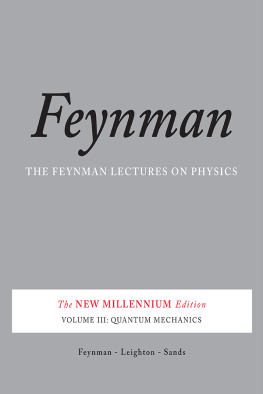



 might mean. The book also involved transparent and pedagogical explanations how the time dilation and length contraction mentioned above can be derived from Einsteins two postulates of special relativity. I understood it.
might mean. The book also involved transparent and pedagogical explanations how the time dilation and length contraction mentioned above can be derived from Einsteins two postulates of special relativity. I understood it.